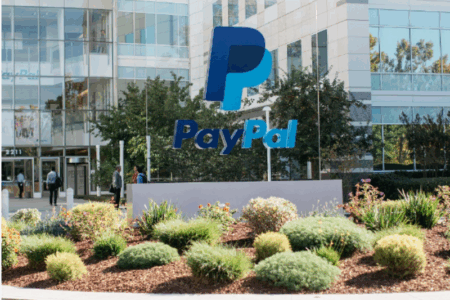It’s been a hopeful three months since the local banks last reported their earnings.
Vaccination rates have improved dramatically in many countries, Singapore included, as the fight against COVID-19 drags on.
United Overseas Bank Ltd (SGX: U11), or UOB, has performed admirably in the face of tough economic conditions.
The lender recently released its fiscal 2021 second quarter (2Q2021) and first-half (1H2021) earnings.
Suffice to say its numbers painted a picture of strength and resilience as growth continued to power on.
Here are five aspects of the bank’s earnings that investors will want to know about.
1. Lower allowances, higher profits
For the quarter, net interest income rose by 8% year on year to S$1.6 billion while fee income jumped 34% year on year to S$595 million.
Total income for the bank increased by 7% year on year, but was down slightly by 3% compared to its first quarter.
Allowances were more than halved, going from S$396 million in the prior year to S$182 million in 2Q2021.
As a result of the lower allowances and higher contributions from associates and joint ventures, UOB’s net profit surged by 43% year on year to over S$1 billion.
2. Healthy loan growth amid improved NIM
The rise in net interest income was accompanied by a year on year improvement in net interest margin (NIM).
NIM rose to 1.56% in 2Q2021 from 1.48% a year ago.
Quarter on quarter, NIM declined by just 0.01% from the 1.57% chalked up three months ago.
The gain of 0.08 percentage points year on year in NIM seems to imply that NIM has bottomed and should stabilise at current levels if central banks do not lower rates further.
A 6.4% year on year increase in UOB’s loan book to S$298.6 billion provided an additional boost to net interest income.
Singapore’s gross loans increased by 8% year on year while those in China went up by 9% year on year to hit S$48 billion.
3. Broad-based increase in fee income
The increase in fee income has been a defining feature of all three local banks during this pandemic.
And on this note, UOB has not disappointed.
The lender reported a fee income of S$595 million for the quarter, up 28% year on year, with broad-based increases across all categories.
In particular, loan and trade-related fees jumped from S$208 million in the second quarter of 2020 (2Q2020) to S$258 million, aided by increased opportunities for refinancing and corporate deals.
Fees from wealth management climbed by 51.1% year on year to S$201 million due to a recovery in market sentiment.
UOB’s wealth management arm announced record assets under management (AUM), with AUM rising by 7% year on year to S$137 billion.
4. No further general allowances to be made
There’s more good news with regards to loan quality.
With stabilising macroeconomic conditions amid a slow but tentative recovery, UOB has eased up on its general allowances.
Provision for general allowance stood at just S$6 million for 2Q2021, down significantly from the S$378 million provided for in 2Q2020.
With a brighter outlook, the bank believes that no further general allowances need to be made.
Specific allowances, however, rose from S$90 million to S$138 million but were not material in the context of total allowances.
5. Dividend exceeds 2019’s level
In line with the better financial performance, UOB has declared an interim dividend of S$0.60 per share.
The dividend is around 54% higher than the S$0.39 declared during the same period last year, as the Monetary Authority of Singapore had just lifted dividend restrictions on the local banks.
Because of this move, the bank has resumed its 50% payout ratio after lowering it to 45% a year ago.
At S$0.60, the interim dividend for this year was even higher than the pre-pandemic level of S$0.55 paid out two years ago.
That said, UOB will be suspending its scrip dividend scheme, so investors can only receive the dividend in cash and cannot choose to receive the upcoming dividend in shares of the bank.
Get Smart: Deepening digitalisation
The bank has reported an impressive set of earnings and has also upped its interim dividend.
Investors can look forward to better numbers as UOB increases its digitalisation efforts to ensure secure and efficient transactions.
For 1H2021, cashless payments made through PayNow increased three-fold year on year, while digital banking transactions across the group increased by 36% year on year.
UOB’s digital bank initiative, TMRW (pronounced “tomorrow”), is also doing well.
As of end-June 2021, the bank had chalked up more than 355,000 customers in both Thailand and Indonesia.
Customer deposits have quadrupled year on year for 1H 2021 as well, a sign of growing acceptance of the bank’s digital platform.
Looking for more dividend stock ideas? Then you’ll want to know about these 5 strong SGX companies. We’ve prepared everything you need to know in a FREE special report:“Dividend Stocks That Can Pay You For Life”. Click here to download now.
Follow us on Facebook and Telegram for the latest investing news and analyses!
Disclaimer: Royston Yang does not own shares in any of the companies mentioned.





